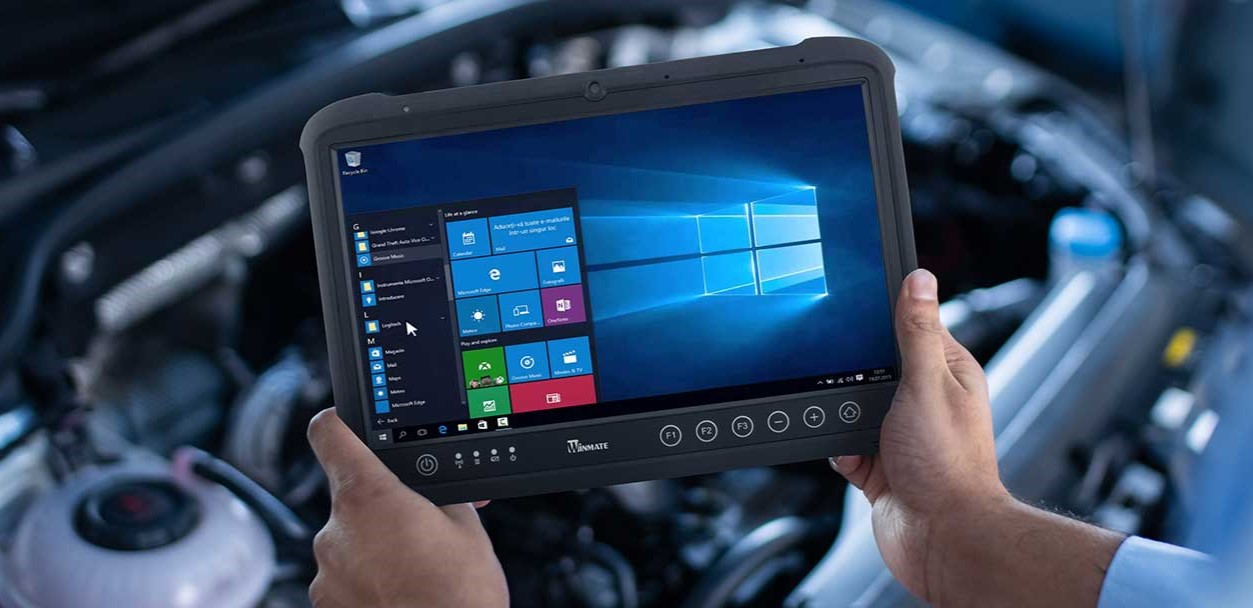
Introduction
In today's digital age, tablets have become essential tools for both personal and professional use. Whether you're an outdoor enthusiast, a student, or a professional working in various environments, having a reliable and readable tablet is crucial. One key feature to consider when selecting an Android tablet is its sunlight readability. This feature ensures that the screen remains visible and functional even in bright sunlight, making it ideal for outdoor activities, travel, or working in environments with limited lighting.
This article will guide you through the process of finding the best Android sunlight readable tablet. We will cover essential factors to consider, the pros and cons of such devices, and provide tips for effective use.
Understanding Sunlight Readability
Sunlight readability is a critical feature for any tablet intended for use in outdoor or bright environments. It refers to the ability of the screen to remain visible and legible under direct sunlight. This is achieved through various technologies and design elements, including:
- High Contrast Ratio: Ensures that text and images are clear and distinguishable.
- High Brightness: Essential for visibility in sunlight.
- Anti-Glare Coating: Reduces reflections and glare, making the screen easier to read.
- Specialized Display Technologies: Technologies like IPS (In-Plane Switching) or OLED (Organic Light-Emitting Diode) provide better color accuracy and higher contrast ratios.
Key Factors to Consider
When searching for the best Android sunlight readable tablet, consider several key factors:
Display Technology
The display technology is fundamental in determining how well a tablet performs in sunlight. Look for tablets with IPS or OLED displays as they generally offer better color accuracy and higher contrast ratios.
Brightness
Ensure that the tablet can produce sufficient brightness to counteract ambient light. Typically, tablets with higher peak brightness levels (measured in nits) perform better in sunlight.
Screen Size
While larger screens can be more convenient for some tasks, they may not always be the best choice for outdoor use due to size and weight considerations. A smaller to medium-sized screen (around 8-10 inches) often strikes a good balance between usability and portability.
Durability
A rugged or waterproof tablet can provide peace of mind when using it in harsh environments. Look for tablets with IP ratings (Ingress Protection) that indicate their level of resistance to dust and water.
Battery Life
Long battery life is essential for outdoor activities where charging facilities might be limited. Opt for tablets with long-lasting batteries or those that support fast charging.
Operating System and Software Updates
Ensure that the tablet runs on the latest version of Android and receives regular software updates from the manufacturer. This is crucial for security and performance.
Accessories and Add-ons
Consider what accessories you might need to enhance your tablet's functionality and durability. A rugged case, screen protector, and mounts can be particularly useful depending on your usage scenario.
Price vs. Value
Balance the cost with the features and durability offered by the tablet. Sometimes spending a bit more upfront can save money in the long run by avoiding frequent replacements.
Pros and Cons of Sunlight Readable Tablets
Pros:
- Durability: Resistant to water, dust, and drops.
- Portability: Lightweight and easy to carry.
- Battery Life: Often long-lasting, suitable for outdoor use.
- App Availability: Access to a wide range of apps on Google Play Store.
- Versatility: Ideal for various environments including beaches, rain, or construction sites.
Cons:
- Price: Can be more expensive than non-waterproof or non-rugged models.
- Performance: May have lower specs compared to high-end non-waterproof tablets.
- Limited Models: Fewer options available compared to regular tablets.
Comparing Different Models
When comparing different models of sunlight readable tablets, consider both their technical specifications and user reviews:
Example Models:
-
Samsung Galaxy Tab S8 Ultra:
- Display Technology: Super AMOLED display with high peak brightness.
- Brightness: Up to 1200 nits.
- Durability: IP67 rating for dust and water resistance.
- Battery Life: Long-lasting battery with fast charging support.
-
Lenovo Tab M10:
- Display Technology: IPS display with good color accuracy.
- Brightness: Up to 400 nits.
- Durability: Not waterproof but has a rugged design.
- Battery Life: Decent battery life but not as long-lasting as some other models.
-
Asus ZenPad 10:
- Display Technology: IPS display with anti-glare coating.
- Brightness: Up to 500 nits.
- Durability: Not waterproof but has a protective case option.
- Battery Life: Long-lasting battery with decent performance.
Tips for Effective Use
To get the most out of your sunlight readable tablet:
-
Regular Software Updates:
- Ensure that your tablet receives regular software updates from the manufacturer. This is crucial for security and performance.
-
Protective Case:
- Even if your tablet is rugged or waterproof, consider using a protective case for added protection against scratches and drops.
-
Screen Cleaning:
- Regularly clean the screen to maintain touch sensitivity and visibility.
-
App Management:
- Close unused apps to free up memory and improve performance.
-
Environmental Considerations:
- If using in extreme temperatures, check the tablet’s operating range to prevent damage.
-
Mounts and Accessories:
- Use mounts if you plan to use the tablet in a vehicle or on a job site for better stability and convenience.
Final Thoughts
Choosing the best Android sunlight readable tablet involves considering several key factors including display technology, brightness levels, durability features, battery life, operating system updates, and accessories. By weighing these factors against your specific needs and budget constraints, you can select a device that not only meets but exceeds your expectations for outdoor use or work in bright environments.
Assess your needs, compare specs, read reviews, and consider brand reputation and warranty. With these guidelines in mind, you'll be well-equipped to find an ideal Android sunlight readable tablet tailored specifically to meet all your requirements effectively.
